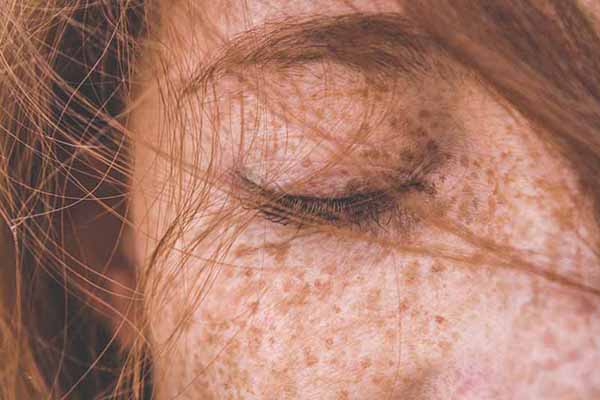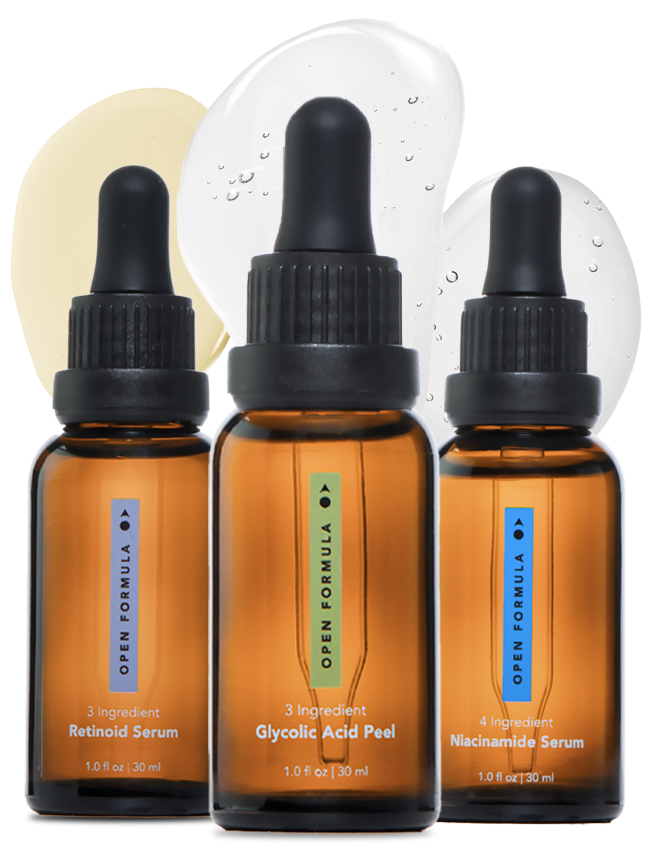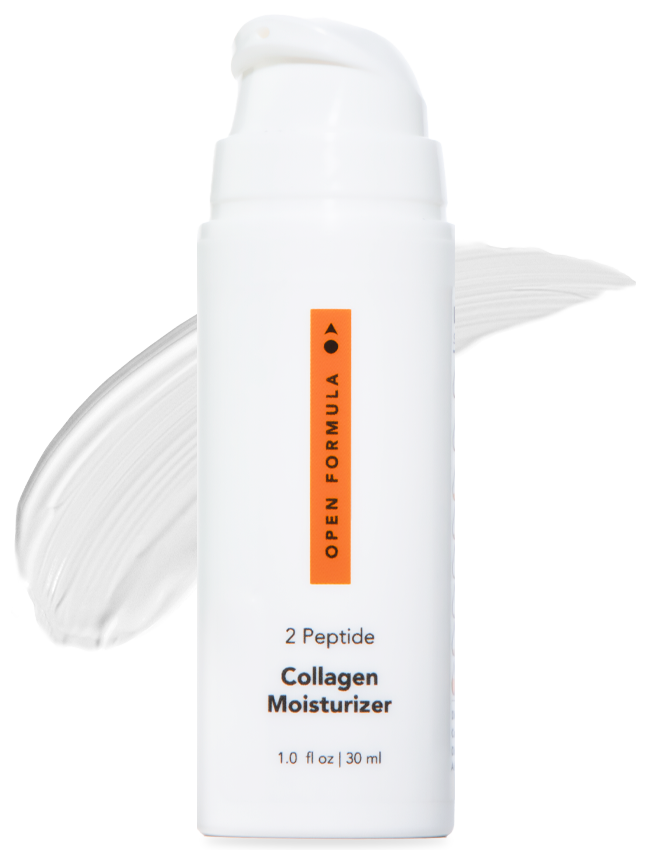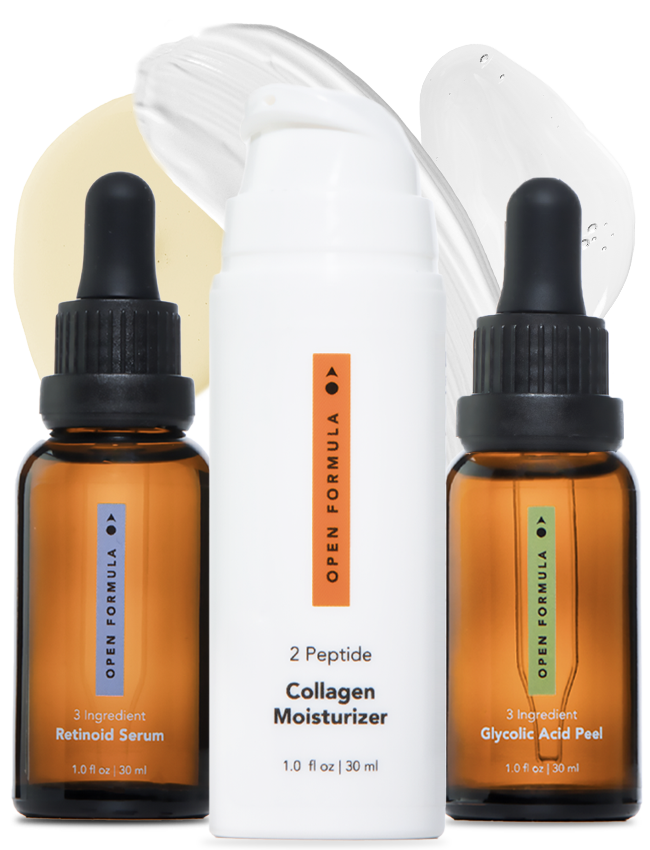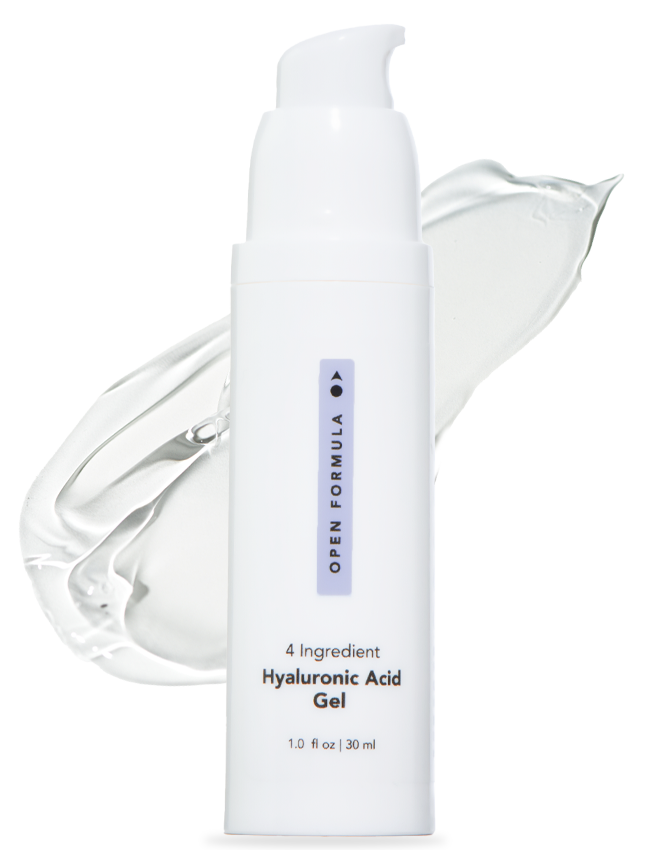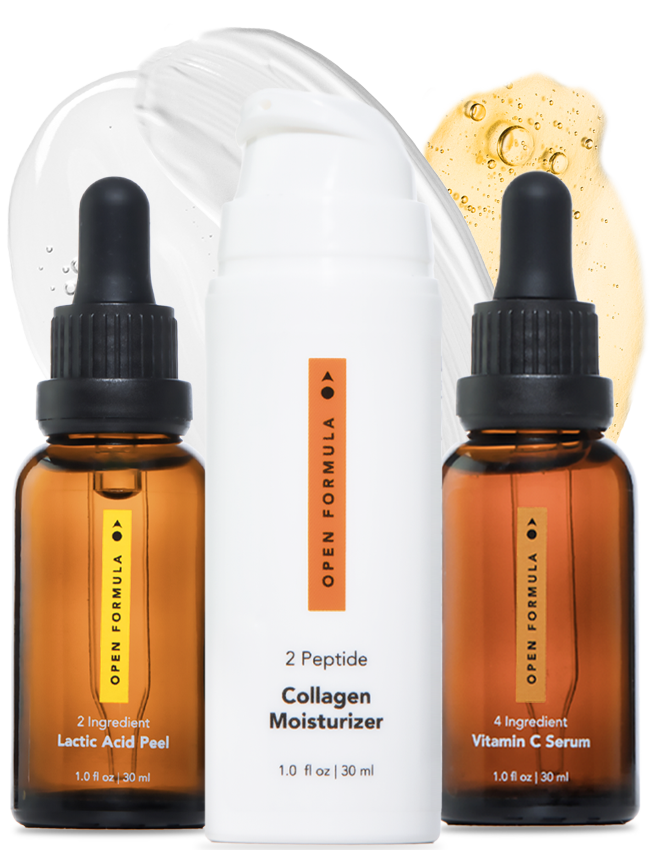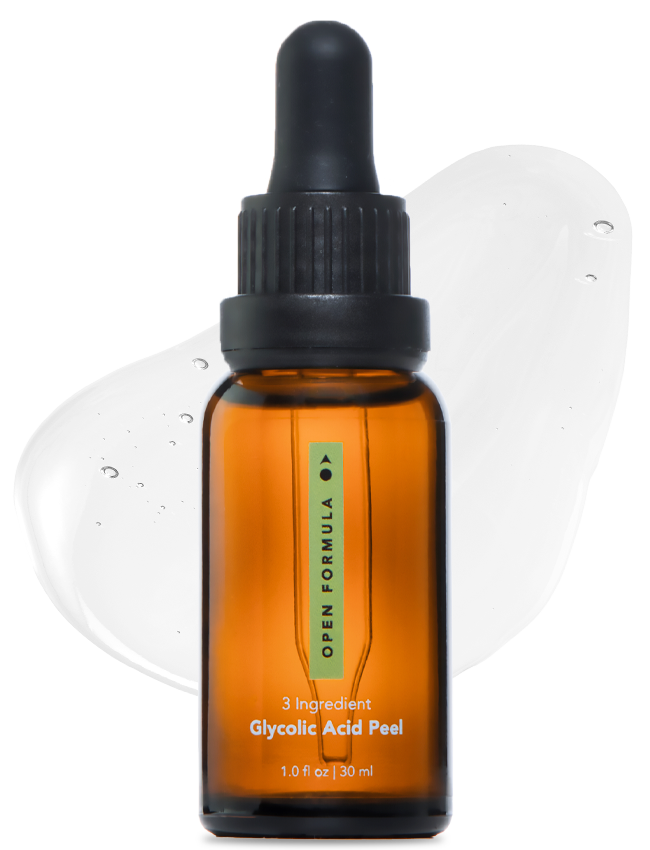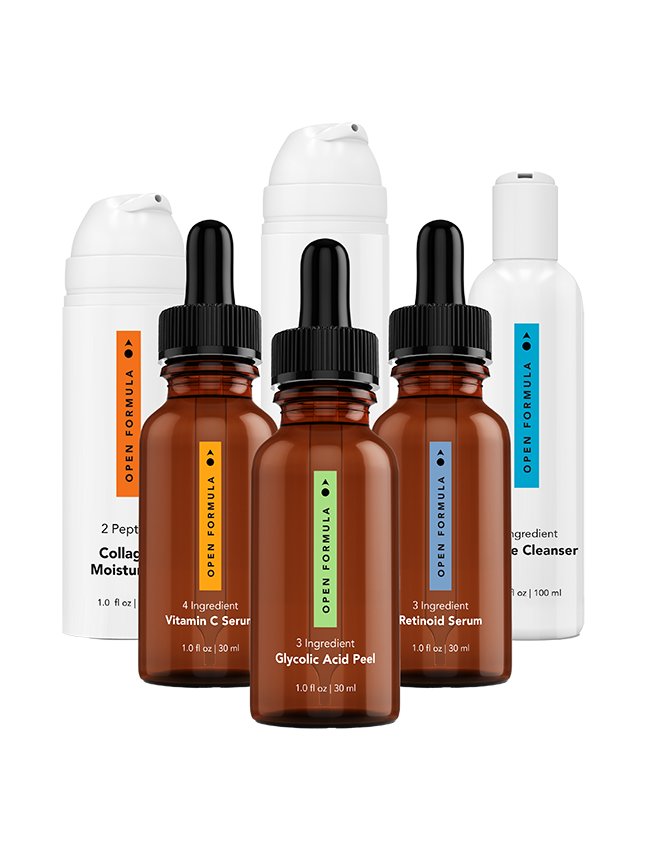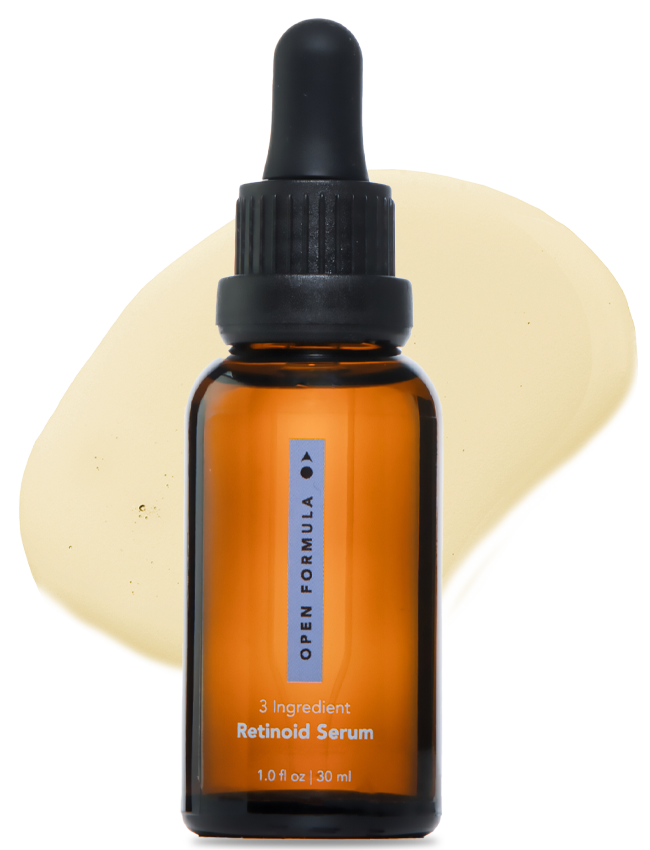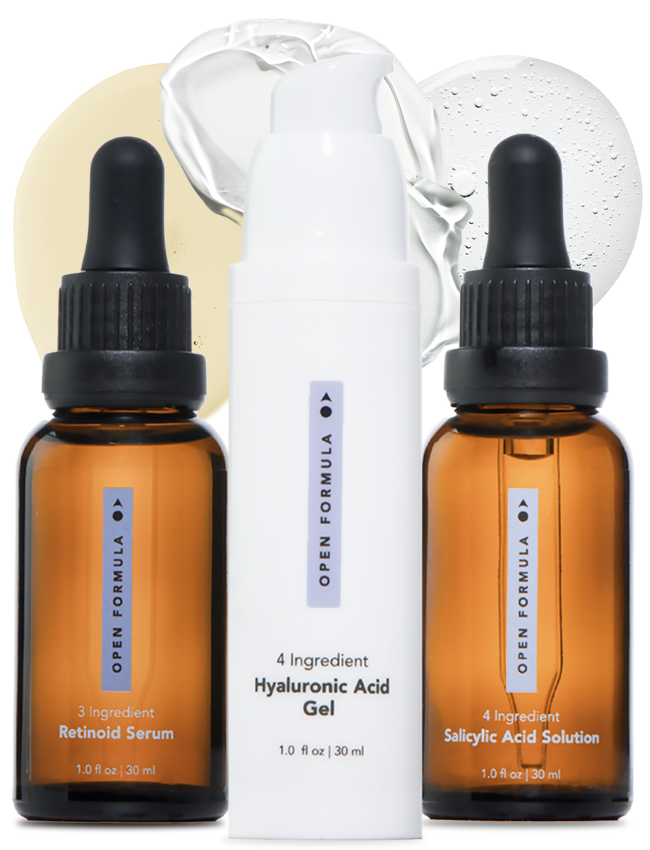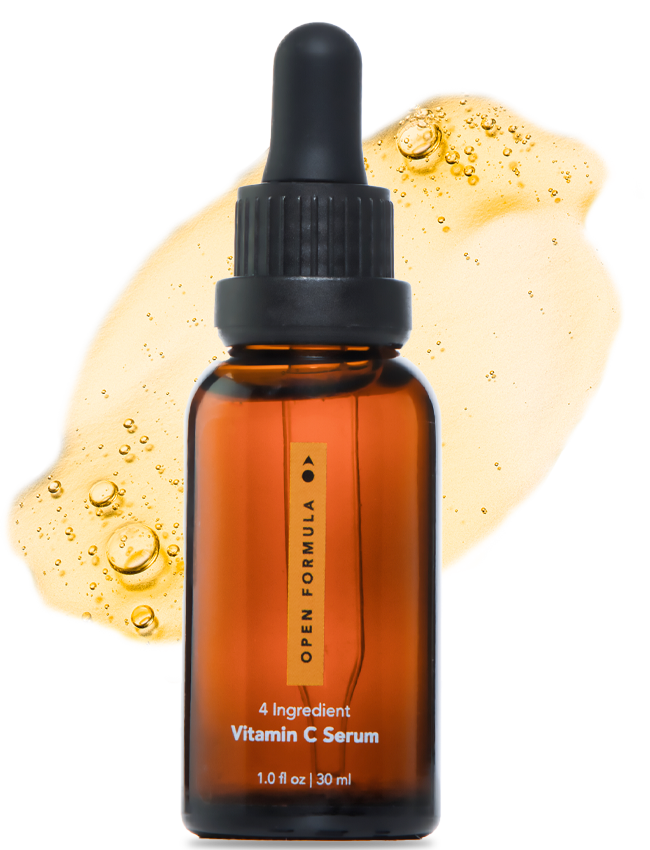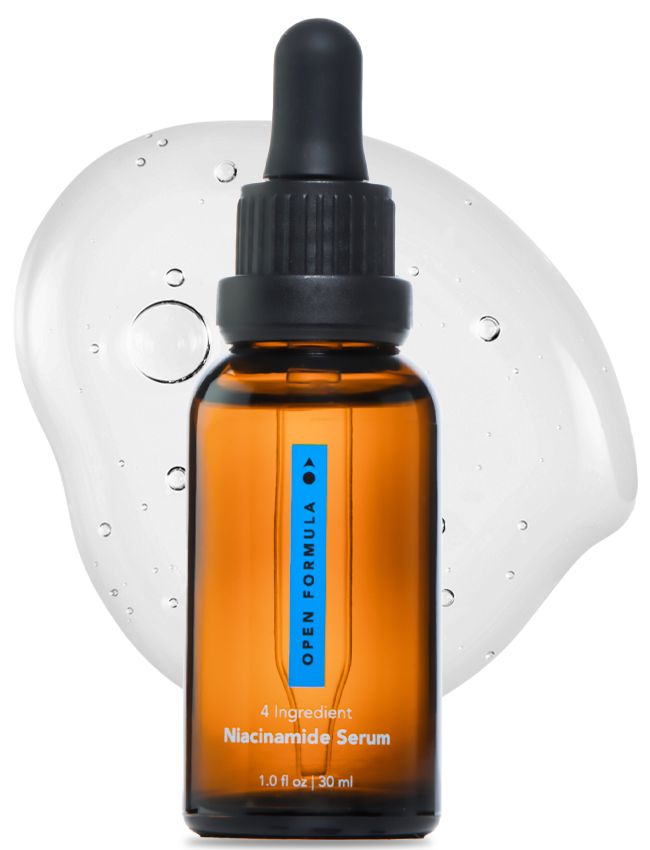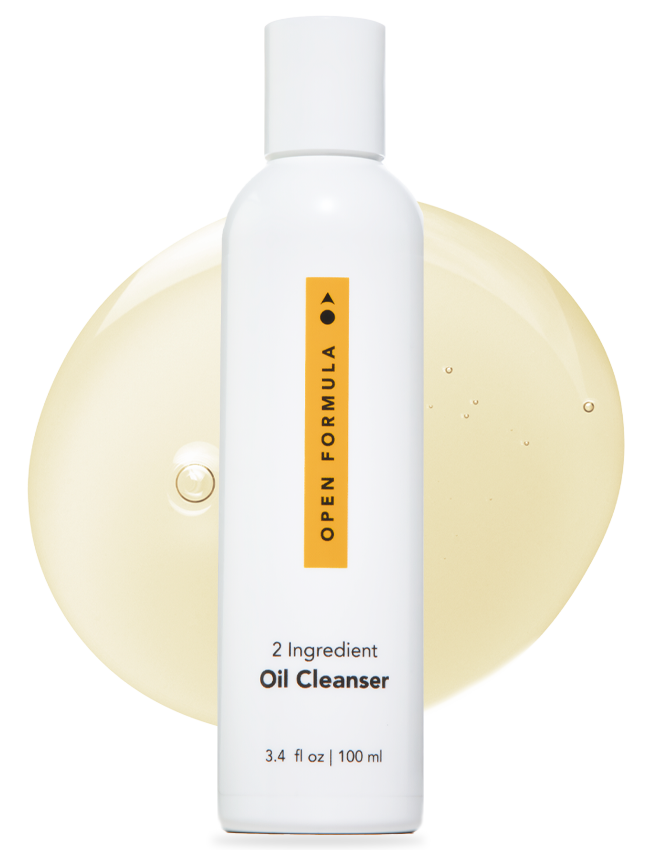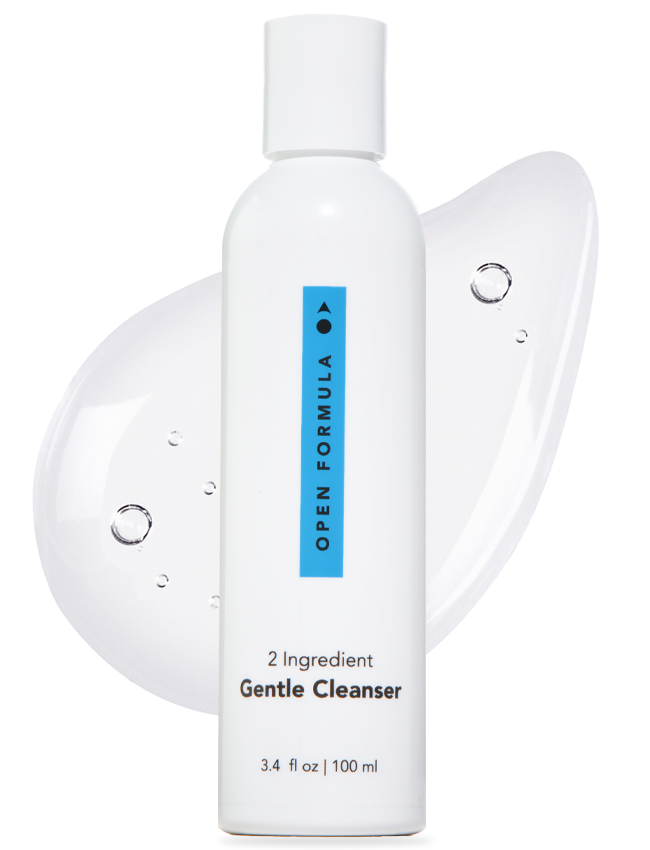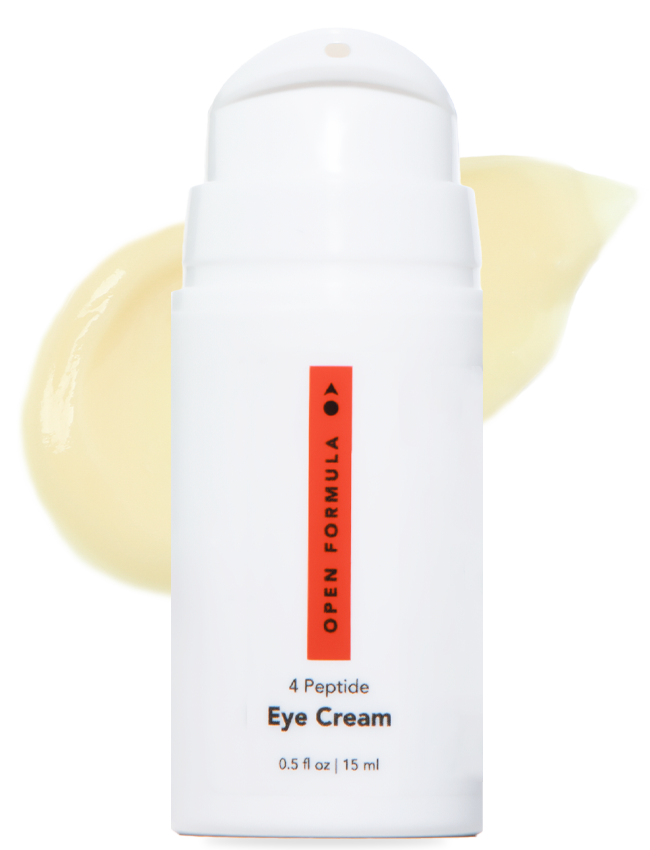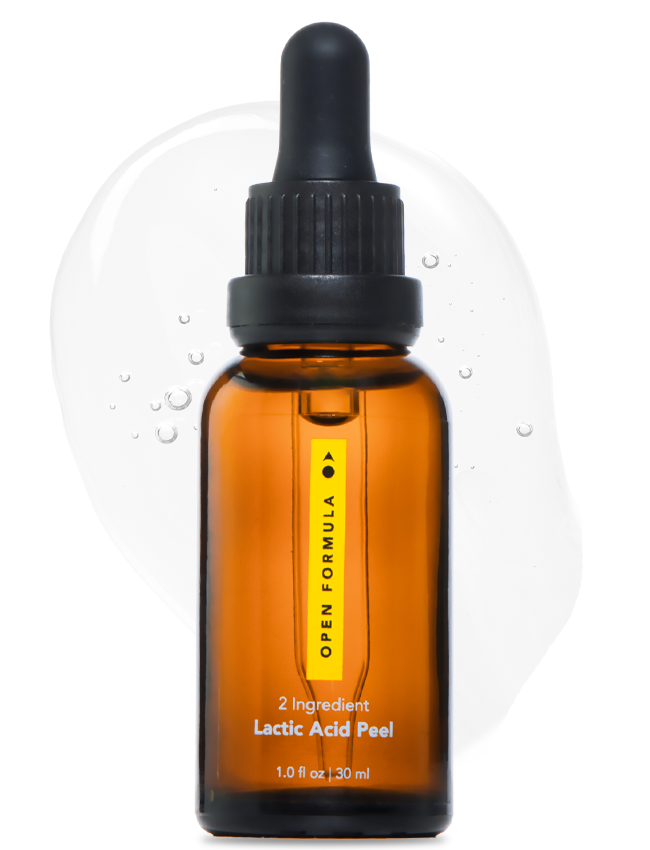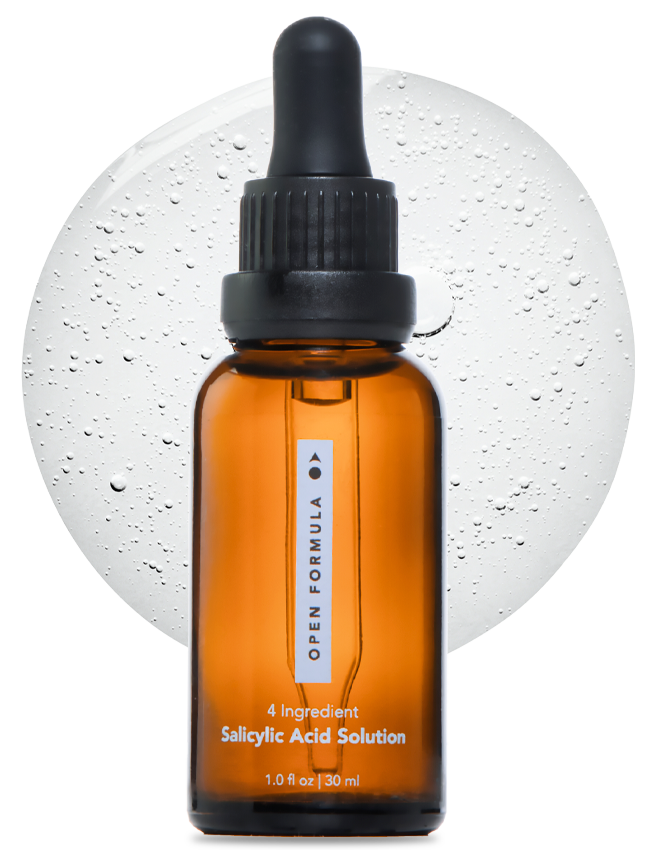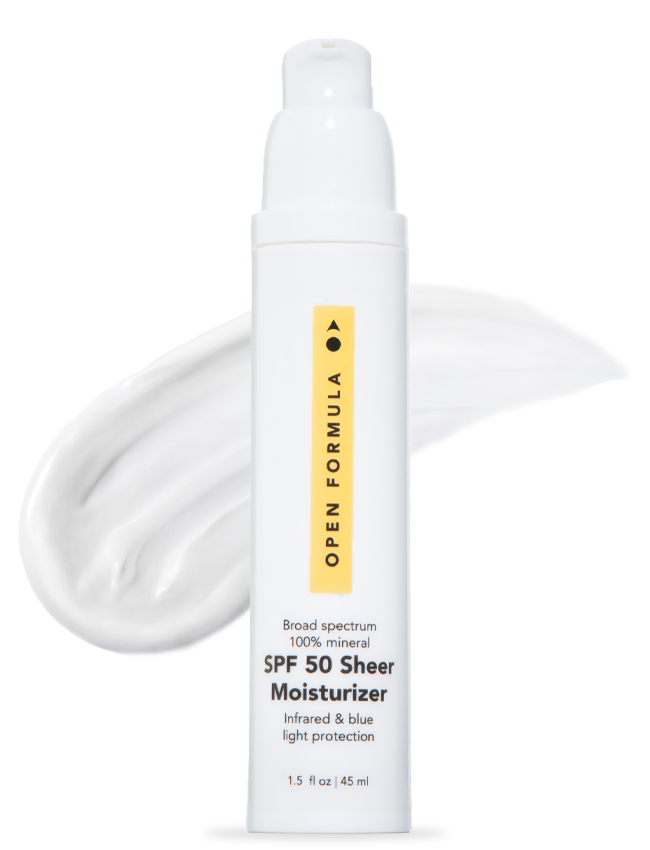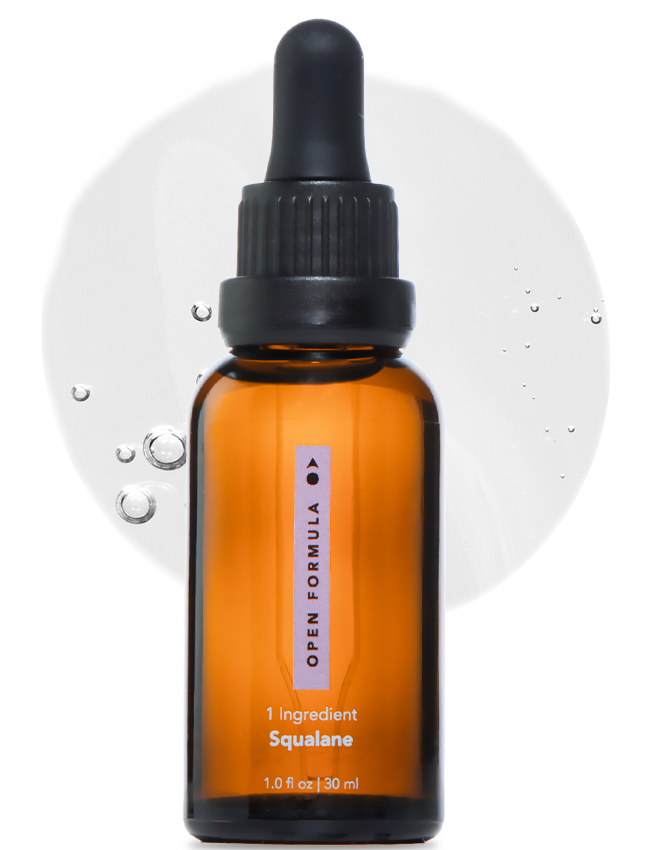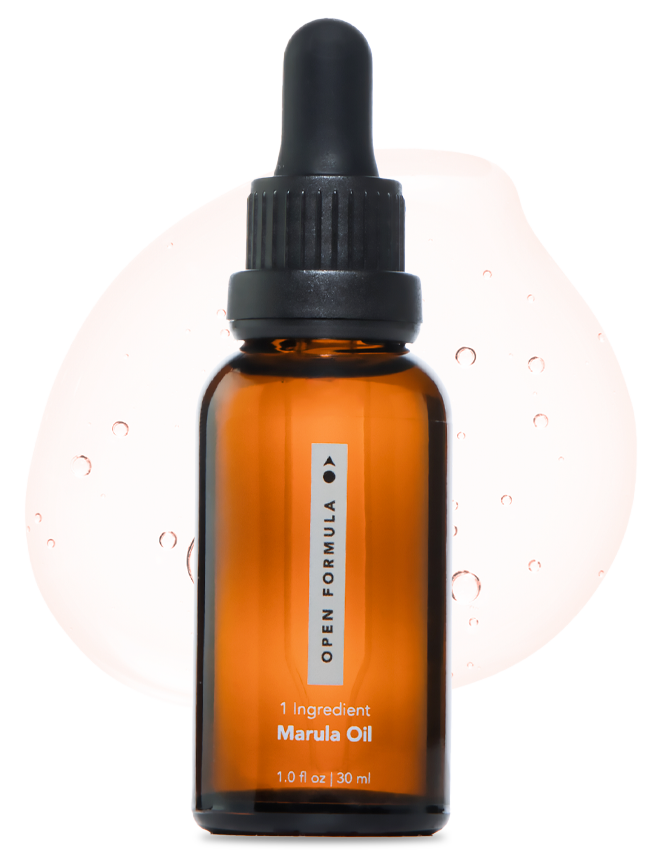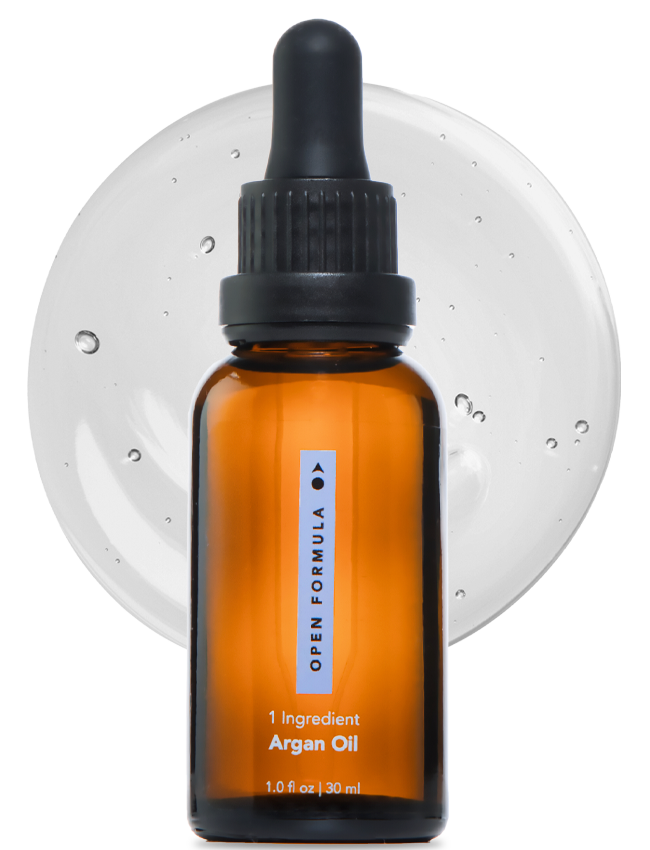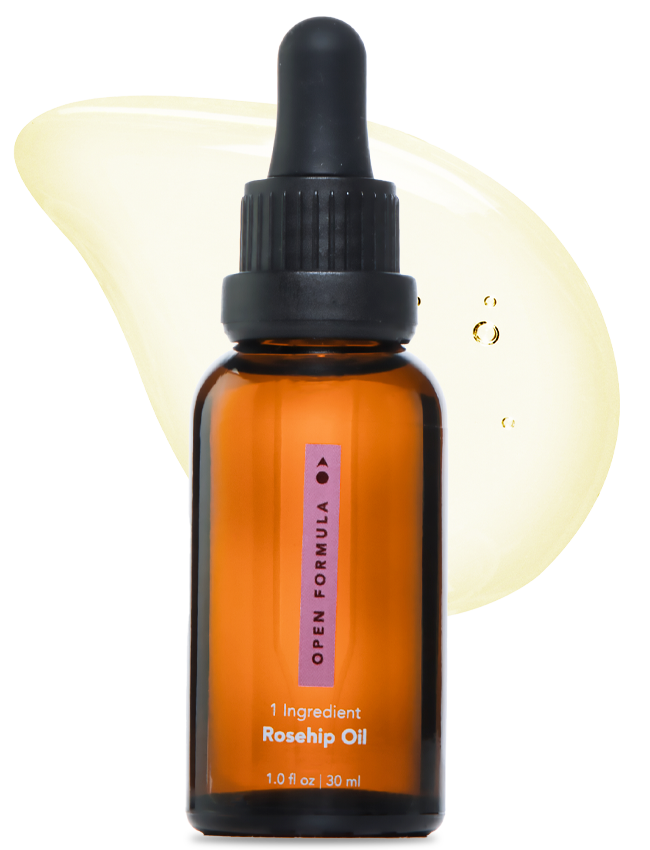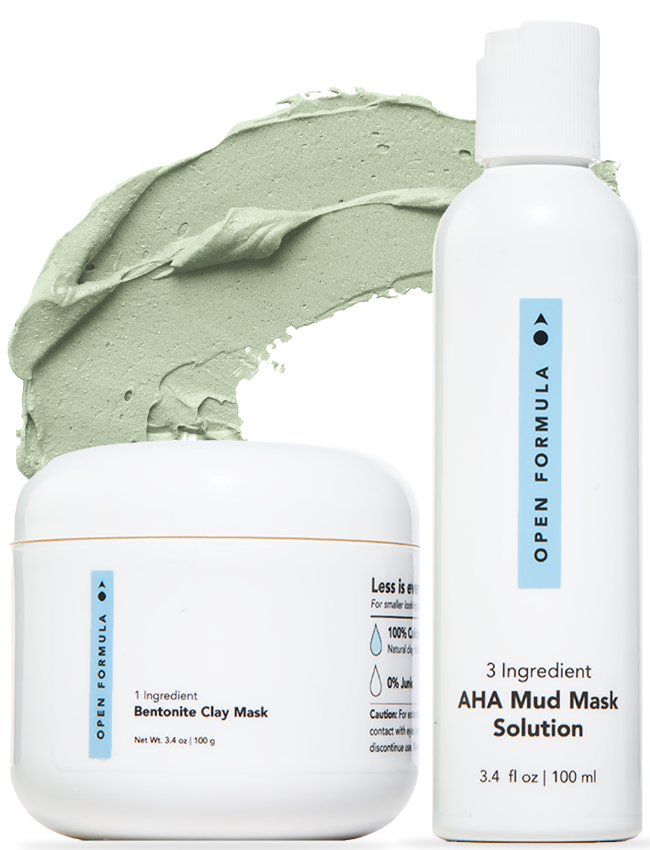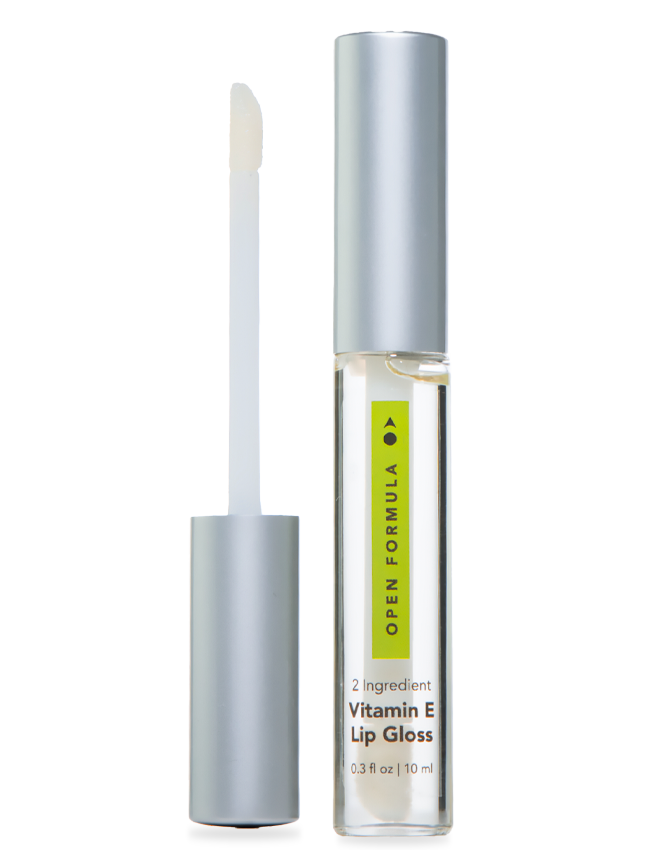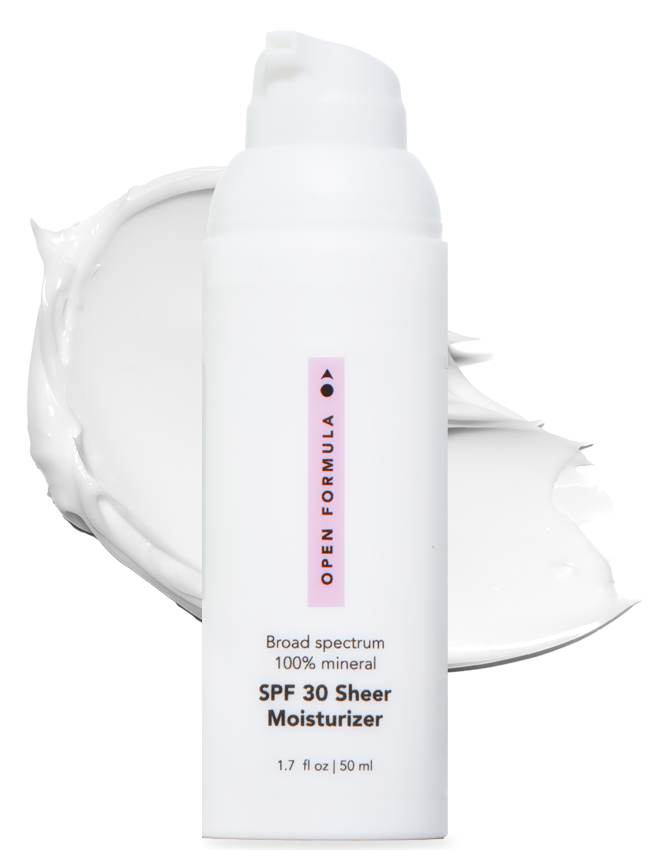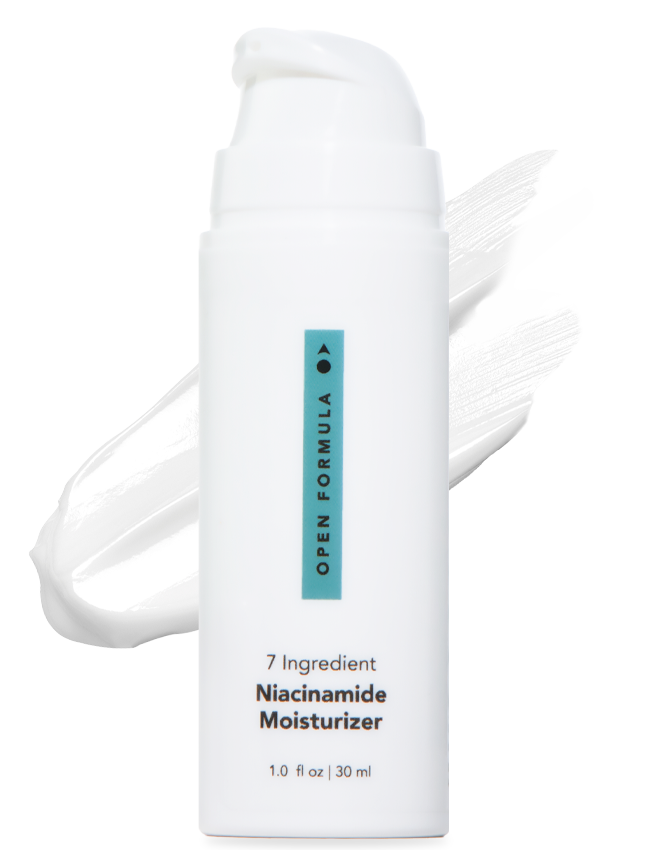Freckles are fashionable and hot right now. But sometimes it’s a love or hate relationship with these specks of different color skin. So, just what are freckles? And how do you get rid of freckles if you want seamless skin color?
What Are Freckles?
Freckles are small areas on the skin containing extra pigmentation or color. Freckles, also called ephelides in the scientific community, usually range in color from light browns and tans to light reddish-brown. They most commonly start to appear when you're young and are considered harmless.
What Causes Freckles?
Ever wonder if we're just born with freckles? The short answer is no. Typically, they appear in young children around the age of two or three. Besides age, there are more factors involved in the appearance of freckles, including the amount of melanin in your skin and how the melanin is distributed.
It’s All About Melanin
Melanin is responsible for skin pigmentation and protection from the sun's damaging UV rays. Different amounts of melanin produce different colors of skin. More melanin equals darker skin and more protection from the sun's UV rays, while less melanin equals lighter skin and less sun protection.
Fair-skinned people, especially those with blonde or red hair, tend to have melanin that is distributed unevenly in speckles, making them more prone to getting freckles. When exposed to sunlight, these areas of increased pigmentation get darker, causing freckles. So freckles are caused mainly by sunlight, making freckles very seasonal. With their dependence on sunlight to appear, freckles will fade in the winter, since there's less exposure to the sun. All in all, the amount of freckles that appear depends on the amount of melanin and its distribution in the skin.
Aging and Freckles
As we age, our skin reacts differently to sun exposure, and freckles appear less when we age. But age brings with it the possibility of sunspots or age spots. These, too, are sun-induced dark patches. They appear on areas of the body that have had repeated unprotected exposure to the sun's damaging rays, such as the chest, shoulders, and back of the hands. Age spots most commonly appear once you're over 40. While freckles show the skin's tanning response, age spots show the sun's damage to the skin.
Freckles vs. Moles
Freckles are a harmless response to the skin's exposure to sunlight. They appear entirely flat, fade in winter, and give no reason for worry. Moles, on the other hand, have a different story.
Moles are very common and considered normal. Like freckles, moles appear on the skin, but they are larger. Moles are made of melanocytes, the same cells that produce melanin, and they often start flat. Over time moles can grow and rise slightly above the skin's surface. And being made of active cells, moles can change, meaning we need to keep an eye on them.
Know Your Skin And Moles
Our skin changes. So it's essential to know where you have moles and freckles and also know what is normal for your skin. Skin cancer is one of the most common types of cancer. You can be proactive in your skin's health just by paying attention. Look out for the following: new dark patches that appear on your skin, changes to the color of moles, as well as the shape, height, and texture of them. If you see changes, contact your dermatologist.
Can You Prevent Freckles?
Yes, you can do a lot to prevent the appearance of freckles. First and foremost, always wear a good SPF. Learn more about what SPF is best in this article. And since the sun's UV rays trigger freckles, seek shade. Avoiding the sun will go a long way towards keeping them away.
How to Reduce the Appearance of Freckles
Some people love their freckles. And right now, they're popular in fashion. You can even get freckle tattoos or makeup to create them. If you love your freckles, then enjoy them with abandon. However, if you have freckles, but would like to send them packing, here are some tips to help you get rid of them.
1- Use SPF
Even if you already have freckles, protecting your skin from the sun's UV rays will slow the appearance of new ones. There's such a direct link between increased melanin and our exposure to the sun that reducing the amount of sun that penetrates the skin is important to keep the pigmentation from changing. SPF is that layer of protection. And for the best protection, be sure to use SPF daily, winter and summer.
2- Use Antioxidants
Antioxidants are a must for overall health. You can get antioxidants from the foods you eat, but when it comes to your skin, putting these vitamins directly on the skin is more effective.
Antioxidants for skin health include vitamin C, E, CoQ10, and polyphenols.
Vitamin C is one of the most well known and potent antioxidants. When applied to the skin, it protects from the sun's damaging rays and brightens the skin's overall appearance.
Vitamin E isn't one single vitamin but is a group of fat-soluble vitamins with antioxidant effects that heal the skin. Vitamin E also repairs UV damage, heals dryness, and reduces the appearance of fine lines and wrinkles.
CoQ10 is short for Co-Enzyme Q10, and this antioxidant’s strength is in preventing the signs of premature aging. CoQ10 naturally occurs in our bodies. As we age, we produce less CoQ10. Studies have shown that topical applications of this antioxidant support cellular energy for healing and fighting against sun damage and signs of aging.
Polyphenols are plant-based compounds that offer antioxidants effects. They're commonly found in foods and drinks such as red wine, berries, coffee, green tea, and dark chocolate. Polyphenols show significant anti-inflammatory, antioxidant, and anti-DNA damaging effects. To learn more about the benefits of antioxidants for skin read this.
3- Proper Exfoliation
Since freckles appear on the skin, proper exfoliation is a must. Exfoliation removes dead skin cells and increases skin cell turnover, leading to fresh new skin and lessening the appearance of the previous pigmented areas.
There are different approaches to exfoliation, but we highly recommend using a chemical exfoliant, like lactic acid or glycolic acid. You can exfoliate at different stages in your skincare routine, from using a cleanser with glycolic acid to applying a buffered lactic acid peel in the evening. It all depends on what works best for your skin. For fantastic exfoliating results, be sure to listen to your skin. Proper exfoliation means not over-exfoliating.
[featured_custom_product_post id="29"]For most people seeking to get rid of freckles, you will be able to fade them. Still, you may not necessarily be able to remove them altogether. These tips can help you achieve the look you want. Now the choice is yours, to freckle or not to freckle.

